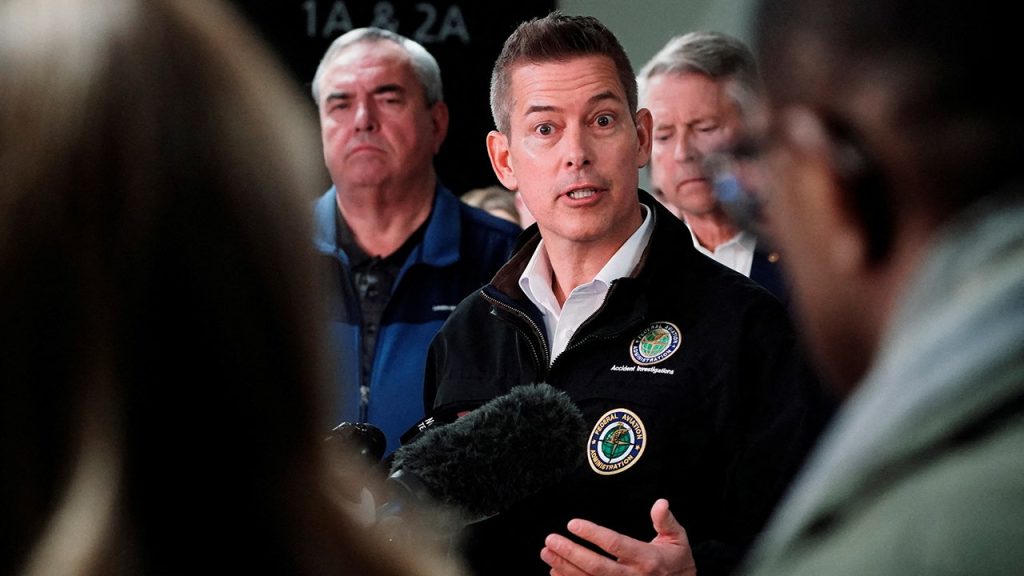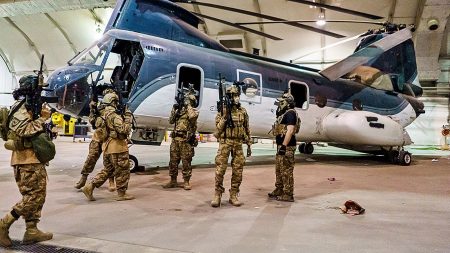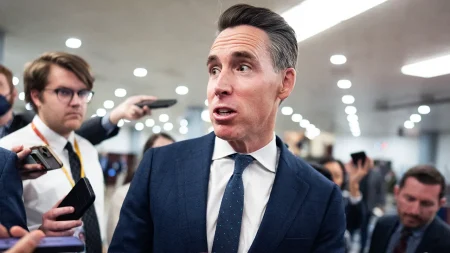Secretary of Transportation Sean Duffy has voiced concerns about the Federal Aviation Administration’s (FAA) aging systems and the challenges in recruiting air traffic controllers. While emphasizing the continued safety of U.S. airspace, Duffy acknowledged the need for significant modernization within the FAA. He pointed to recent system outages, like the disruption of the Notice to Air Mission (NOTAM) system, as evidence of outdated technology. This system, crucial for disseminating critical information to pilots, experienced a failure highlighting the vulnerability of the existing infrastructure. Furthermore, Duffy underscored the difficulties in recruiting and training new air traffic controllers, a situation exacerbated by the COVID-19 pandemic. He stressed the importance of prioritizing skills and aptitude in recruitment, rather than focusing on diversity, equity, and inclusion initiatives, arguing that the safety of air travel demands the most qualified individuals in these pivotal roles.
The FAA’s mandatory retirement age of 55 for air traffic controllers contributes to a high turnover rate, putting additional pressure on recruitment and training pipelines. The pandemic-induced bottlenecks at the FAA’s training academy further complicated matters, limiting class sizes and delaying the essential hands-on experience at control towers. This combination of factors has created a pressing need for a revitalized approach to attracting and preparing the next generation of air traffic controllers. Duffy’s focus on attracting “the best and brightest” reflects an understanding of the crucial role these professionals play in maintaining the safety and efficiency of the nation’s airspace. This emphasis on merit-based selection underscores his commitment to ensuring the highest levels of competence within the air traffic control system.
Duffy’s pronouncements follow two recent aviation accidents – a mid-air collision involving a military helicopter and a commercial airliner in Washington D.C., and a private plane crash in Pennsylvania – underscoring the urgency of addressing the FAA’s challenges. While investigations into both incidents are ongoing, Duffy expressed particular interest in the communications between the Reagan National Airport control tower and the aircraft involved in the D.C. collision. He highlighted key questions surrounding staffing levels, the actions taken by the air traffic controller, the specific language used in communications, and whether established procedures were followed. These inquiries aim to determine if any systemic issues within the FAA contributed to the accident and inform necessary corrective actions.
The confluence of aging infrastructure, recruitment challenges, and recent accidents creates a critical juncture for the FAA. Duffy’s emphasis on modernization and attracting top talent signals a recognition of the need for significant changes to maintain the safety and efficiency of air travel. His commitment to investigating the recent accidents thoroughly demonstrates a dedication to identifying and addressing any underlying deficiencies within the system. The future of air travel depends on the FAA’s ability to implement necessary updates and ensure a highly skilled workforce capable of managing the increasingly complex demands of modern aviation.
Duffy’s assertion that the focus should be on “the best and brightest,” prioritizing skill and competence over diversity initiatives, has sparked debate. While safety is paramount, critics argue that a more inclusive approach can broaden the talent pool and bring diverse perspectives to air traffic control. Striking a balance between meritocracy and inclusivity is crucial for building a robust and representative workforce capable of handling the evolving landscape of air travel. The FAA must navigate these complexities to ensure a sustainable and equitable future for the aviation industry.
The modernization of the FAA’s systems is not merely a technological challenge but also a human capital issue. Attracting and retaining skilled air traffic controllers requires competitive compensation, robust training programs, and a supportive work environment. Addressing the bottlenecks in the training academy and streamlining the recruitment process are vital steps towards building a pipeline of qualified professionals. The FAA’s ability to adapt to the changing demands of air travel hinges on its capacity to invest in its workforce and create a system that fosters excellence and professionalism. The ongoing investigations into the recent accidents will likely provide valuable insights into the areas requiring immediate attention and inform future safety enhancements within the FAA.













